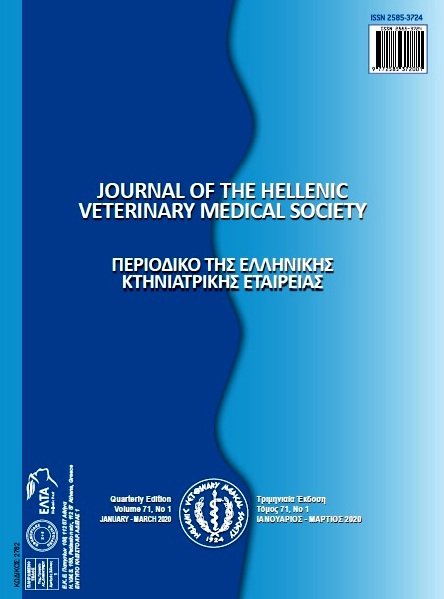Comparison of Protective Effects of Melatonin and Amifostine on Radiation-Induced Renal Oxidative Stress in Rats
Аннотация
In this study, we aimed to compare the protective effects of melatonin and amifostine on radiation-induced oxidative stress. Fifty female Wistar rats (3-4 months old, weighing 200±25 g) were divided into five groups (with ten rats each) and treated as follows: control (Cont), radiotherapy alone (RT), radiotherapy + amifostine (RT+AMI), radiotherapy + melatonin (RT+MEL), radiotherapy + amifostine + melatonin (RT+AMI+MEL). Rats were irradiated individually with a single dose of 8 Gy and amifostine (200 mg/kg) and melatonin (10 mg/kg) was administered to rats 30 minutes before irradiation. At the end of this follow-up period (72 hours) the rats were sacrificed. Spectrophotometric Analysis has been performed to kidney tissue samples. As a result of statistical comparison between groups after RT, total antioxidant capacity (TAC) decreased, total oxidant status (TOS) and oxidative stress index (OSI) increased, although the statistically significant change was only for OSI (p = 0.030). Addition of AMI or MEL to RT increased TAC and OSI significantly (p = 0.000), but there was no additive effect for TAC and OSI when both drugs were given together (p = 1.000, p = 0.172, respectively). In terms of TOS, statistically significant increasing was only for AMI (p = 0.000). There was protective effect when both drugs were given together against on Radiation-Induced Renal Oxidative Stress.
Article Details
- Как цитировать
-
CAKINA, S., GULYASAR, T., ÖZEN, A., PARLAR, S., CUKUR, Z., KURKCU, N., UZAL, C., & SENER, S. (2020). Comparison of Protective Effects of Melatonin and Amifostine on Radiation-Induced Renal Oxidative Stress in Rats. Journal of the Hellenic Veterinary Medical Society, 71(1), 2005–2010. https://doi.org/10.12681/jhvms.22948
- Выпуск
- Том 71 № 1 (2020)
- Раздел
- Research Articles

Это произведение доступно по лицензии Creative Commons «Attribution-NonCommercial» («Атрибуция — Некоммерческое использование») 4.0 Всемирная.
Authors who publish with this journal agree to the following terms:
· Authors retain copyright and grant the journal right of first publication with the work simultaneously licensed under a Creative Commons Attribution Non-Commercial License that allows others to share the work with an acknowledgement of the work's authorship and initial publication in this journal.
· Authors are able to enter into separate, additional contractual arrangements for the non-exclusive distribution of the journal's published version of the work (e.g. post it to an institutional repository or publish it in a book), with an acknowledgement of its initial publication in this journal.
· Authors are permitted and encouraged to post their work online (preferably in institutional repositories or on their website) prior to and during the submission process, as it can lead to productive exchanges, as well as earlier and greater citation of published work.



